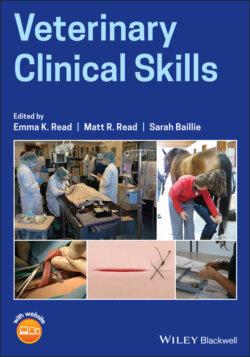Читать книгу Veterinary Clinical Skills - Группа авторов - Страница 23
Educational Strategies Lectures and Whole‐Class Activities
ОглавлениеAlthough lectures and whole‐class techniques are generally less applicable for learning clinical skills, they may be an effective and efficient tool for learning if used properly. Their primary role is often information transfer, which may include the underpinning knowledge required for performing a clinical skill, understanding when a clinical skill is indicated, and how results of a procedure may be interpreted. During lectures, active learning may be encouraged with the use of classroom exercises that promote engagement, such as short quizzes using audience response systems or quick peer discussions (e.g. “Think‐Pair‐Share”). Alternatively, group based, clinical problem‐solving activities can be planned around the whole‐class activities as described in team‐based learning (Michaelsen et al., 2014). In one study, open discussion (rather than lecture) improved medical student scores on both essay and multiple choice questions regarding surgical disorders, without adding additional time (Sirikumpiboon, 2014).
Careful consideration must be given, however, when determining if a lecture regarding a clinical knowledge or skill is needed. For example, when anatomy lecture time was cut by 25% but laboratory time was spared, medical students performed similarly, despite the change in teaching hours (Petersen and Tucker, 2005).
